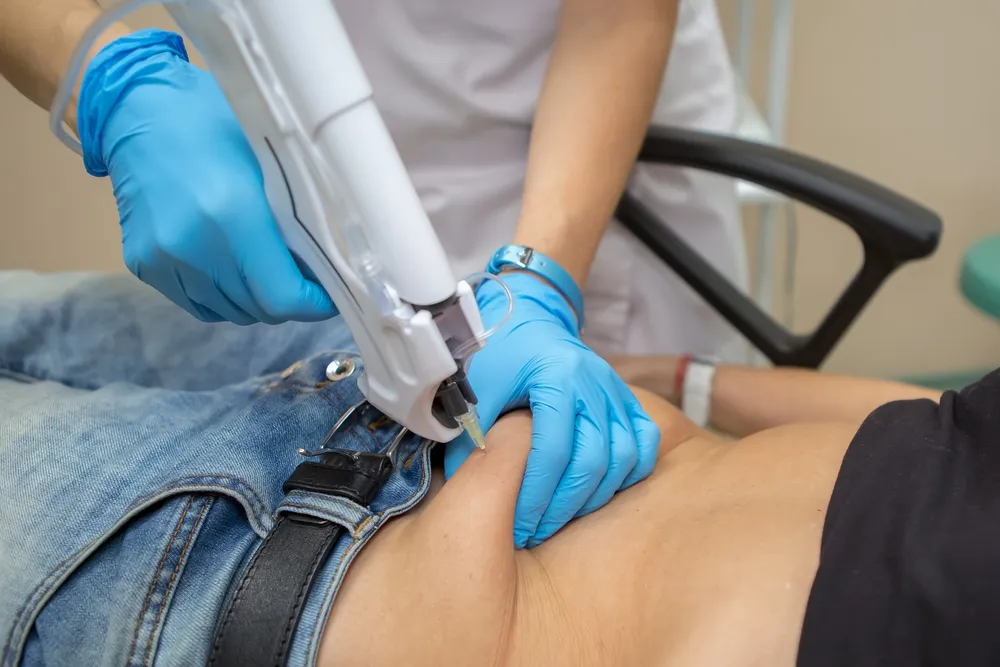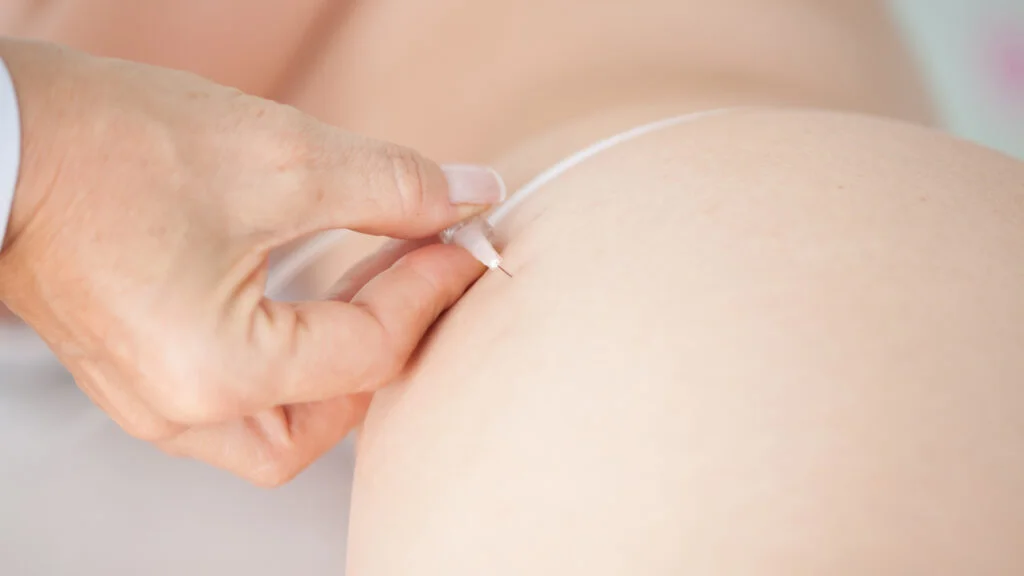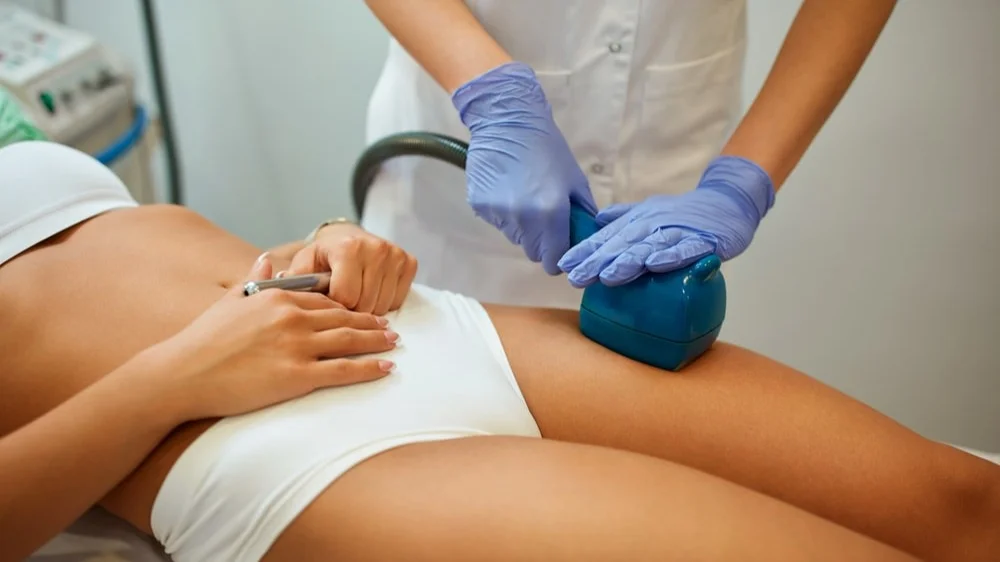Carboxytherapy is the injection of carbon dioxide gas underneath the skin. Used to reduce cellulite, stretch marks, and dark circles under the eyes, this can also be used as part of treatment for wound healing. By bringing additional oxygen into the area, this treatment helps dilate the blood vessels in the injected area and improve the appearance of your skin.
What is Carboxytherapy?
Carboxytherapy is a non-surgical treatment used to treat and improve the appearance of cellulite, stretch marks, and dark under-eye circles. Carboxytherapy uses infusions of carbon dioxide that are injected beneath the skin. This will improve skin elasticity, and circulation and reduce the appearance of lines and wrinkles.
What Are the Benefits of Carboxytherapy?
Decreasing cellulite or fat underneath the skin that gives a lumpy appearance
Sculpt the body by removing excess fat in specific areas
Decreasing the number of fat cells causes the skin to tighten
Reducing the appearance of stretch marks
Stimulating cells called fibroblasts that make collagen, elastin, and hyaluronic acid
Decreasing the size of your stretch marks and help them fade
Treat dark circles under the eyes, which often occur when blood pools under the lower eyelid
Improving blood circulation by stimulating the growth of new blood vessels
Help treat alopecia (an autoimmune disorder that causes hair loss)

What does carboxytherapy consist of?
By injecting carbon dioxide this makes your body think that there is an oxygen deficiency in that area and responds by increasing blood flow to that part of the body. The carbon dioxide is injected under the surface with a fine needle. This increase in oxygen helps restore cells which improves the appearance of the skin. Carboxytherapy takes around 15-30 minutes, but several sessions will be needed to reach the optimal results.
How does the procedure work?
As poor blood circulation is responsible for cellulite, stretch marks, and dark under-eye circles; a physician can increase blood circulation to a specific area by injecting carbon dioxide to help red blood cells to the area. When the blood cells reach the location, they create an increase in circulation. This works to repair skin elasticity and, in the case of under-eye circles, change pigment to a healthy glow.
Stretch marks: The stretch marks you see on your body are a rupture of dermal collagen. Carboxytherapy creates new collagen, which thickens the skin and improves its appearance.
Cellulite: Carbon dioxide gas can also be injected into fat cells, which causes the cells to burst and be eliminated in the body. Cellulite is caused when subcutaneous fat protrudes through the skin. Several studies have found that carboxytherapy is both safe and effective when used to treat cellulite.
Under-eye circles: Dark circles under the eyes are usually caused by poor circulation, which creates vascular pooling. Injecting the gas under the eyelid reduces this bluish pooling and replaces it with a blush tone.
Alopecia: Alopecia (hair loss) caused by poor circulation can be treated with carboxytherapy as well.

What Are the Side Effects of Carboxytherapy?
Carboxytherapy is considered a painless treatment with minimal or no side effects. Patients may feel some pressure as the gas is injected under their skin. This treatment might cause some bruising which lasts less than a week.
Who shouldn’t get Carboxytherapy?
Carboxytherapy isn't safe for everyone. Avoid this treatment if you have any of the following:
Currently pregnant or breastfeeding
Blood clotting disorders
Severe heart disease
Stroke
High blood pressure (untreated)
Active infection
Fever
Gangrene
Kidney failure

What Results Can I Expect from Carboxytherapy?
Depending on the area of your body being treated, it may take 6-8 sessions to notice a difference in your body shape. Carboxytherapy treatments must be repeated every three to six months to maintain your results. For conditions like alopecia or wound healing, it can take 15 to 30 sessions to show positive changes.
Conclusion
In conclusion, carboxytherapy has emerged as a significant advancement in the field of dermatology, offering a non-invasive and effective treatment for a variety of skin conditions. Its role in improving skin elasticity, promoting collagen production, and enhancing blood circulation has been widely recognized. The therapy’s potential in treating conditions such as cellulite, stretch marks, and aging skin has been substantiated through numerous studies. However, while carboxytherapy is generally considered safe, it is crucial to remember that the procedure should be performed under the supervision of a trained professional to avoid potential side effects. As research continues, the full potential of carboxytherapy in dermatology is yet to be discovered, promising a bright future for this innovative treatment modality.